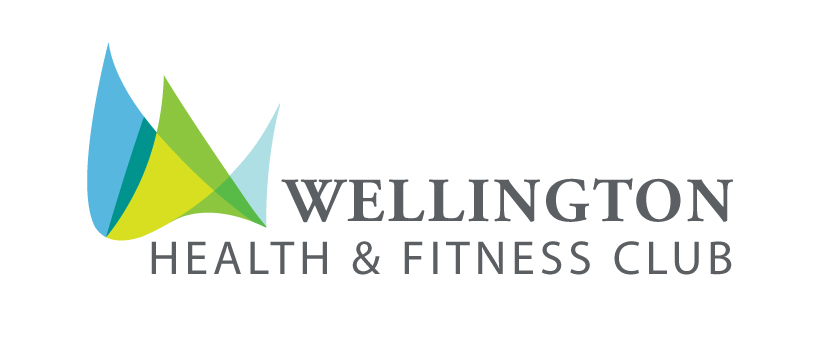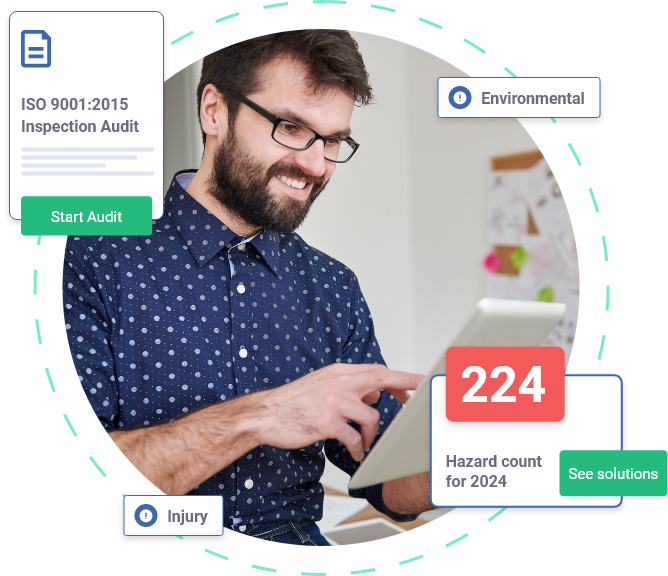Operational Excellence Software | Continuous Improvement
Achieve operational excellence through systematic process improvement, standardised workflows, and data-driven decision-making across all your sites. OpsPal’s operational excellence software provides the visibility, accountability and continuous improvement tools needed to eliminate waste, reduce errors, increase efficiency and deliver consistent quality — transforming operational aspirations into measurable performance gains. See how Hurleston Hall Benefitted from OpsPal






































Standardise operations for consistent quality
Operational excellence starts with standardisation
Ensuring every site, team and individual follows the same proven processes rather than relying on informal methods that vary by location or person.
Digital procedures eliminate variation in how work is performed. Create standard operating procedures (SOPs), work instructions and process guides accessible to every team member on any device. When you update a procedure to improve efficiency or quality, changes deploy instantly across all locations. This standardisation ensures best practices spread throughout your organisation rather than remaining isolated in high-performing sites.
Task management enforces consistent completion of critical activities. Opening checks, quality inspections, preventative maintenance, cleaning schedules and compliance verifications happen the same way, every time, at every location. Checklists guide frontline teams through each step, reducing errors and ensuring nothing is missed even during busy periods or staff changes.
Real-time visibility shows where standards are maintained and where variation occurs. Compare task completion rates, quality metrics and process adherence across sites. Identify locations achieving excellence and those needing support. Use this insight to replicate success and eliminate underperformance.
Drive continuous improvement through data
Operational excellence isn’t a destination
It’s continuous improvement driven by data rather than assumptions. OpsPal captures the operational intelligence needed to identify improvement opportunities, measure change impact and sustain performance gains.
Problem and issue tracking reveals recurring operational inefficiencies. When the same issues appear repeatedly across sites or within specific processes, you’ve identified improvement opportunities. Analyse problem patterns to determine root causes — equipment limitations, training gaps, procedure deficiencies or resource constraints. Target improvements where they’ll deliver greatest impact.
Audit and inspection data shows compliance gaps, quality variations and process breakdowns before they affect customers. Trend analysis reveals whether performance is improving, stable or declining. Location-based comparisons identify best practice sites and those needing intervention.
Task completion data quantifies operational efficiency. How long do processes take? Where are bottlenecks occurring? Which activities consume disproportionate resources? Use this intelligence to streamline workflows, eliminate waste and increase productivity.
Corrective action tracking ensures improvement initiatives are implemented and effective. When problems are identified, generate improvement tasks assigned to owners with deadlines and progress monitoring. Track whether corrective actions actually resolve issues or require further intervention.


Reduce waste and increase efficiency
Operational excellence methodologies (Lean, Six Sigma, Kaizen) focus on eliminating waste — wasted time, materials, effort, movement and resources. Digital operations management identifies and reduces multiple waste types simultaneously.
Eliminate wasted time searching for information. Procedures, risk assessments, training materials and reference documents are instantly accessible when needed. Staff spend time adding value rather than hunting for instructions or waiting for managers to provide information.
Reduce wasted effort from rework and errors. Standardised processes with built-in quality checks prevent mistakes. When errors occur, root cause analysis and corrective actions prevent recurrence. Training integration ensures competency before staff perform critical tasks, reducing quality failures from inadequate skills.
Minimise wasted resources from inefficient scheduling. Task management optimises what’s done, when and by whom. Preventative maintenance reduces unplanned downtime and emergency repairs. Location tracking shows where resources are deployed, enabling better coordination across sites.
Cut waste from communication failures. Problem reporting ensures issues are captured and addressed rather than mentioned verbally and forgotten. Shift handovers use structured checklists ensuring critical information transfers between teams. Audit trails eliminate time wasted reconstructing what happened or who was responsible.
Measure efficiency improvements through operational data. Track time saved, error rates reduced, resource consumption decreased and quality metrics improved. Quantify the business impact of operational excellence initiatives.
Empower frontline teams in improvement culture
Operational excellence depends on frontline teams identifying improvement opportunities and taking ownership of quality. Top-down mandates fail without engagement from people doing the work daily.
Make it simple for anyone
To suggest improvements or report inefficiencies. Problem reporting captures frontline observations about process bottlenecks, resource constraints, quality issues or customer concerns. When staff see their suggestions lead to genuine improvements, engagement increases and innovation spreads.
Visibility of operational performance builds ownership. Site teams see how their location compares to others. Individuals see their task completion rates and quality metrics. This transparency encourages accountability and drives performance without heavy-handed management.
Training and competency development support continuous improvement. As processes evolve, staff receive updated procedures and just-in-time training. Skill development enables teams to take on additional responsibilities, increasing operational flexibility and resilience.
Recognition of improvement contributions reinforces culture change. Track who identifies problems, suggests solutions and implements improvements. Celebrate successes when corrective actions resolve long-standing issues or efficiency initiatives deliver measurable gains.
Multi-site operational excellence requires consistent culture across all locations. Digital systems provide the structure supporting improvement culture regardless of site size, geography or local management style. Standardised improvement processes, visibility and accountability create sustainable operational excellence across your entire organisation.

Book a Call With Our Team
We’re on hand for any questions you may have. Simply book a meeting using our booking system and we will talk you through any questions.
